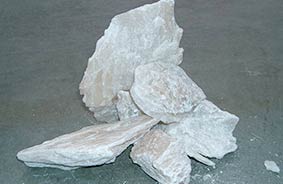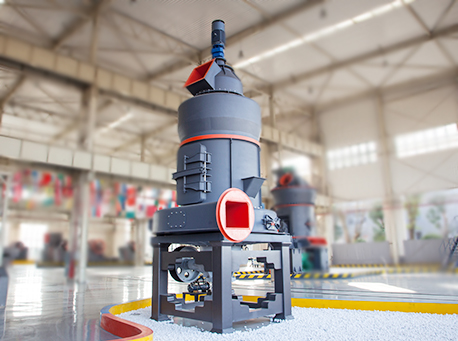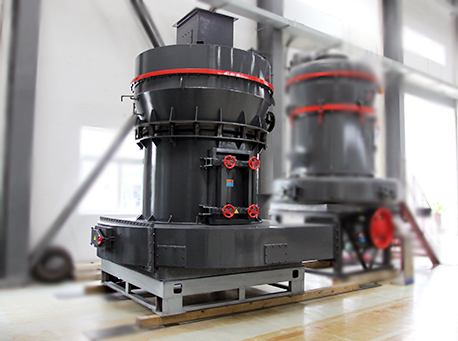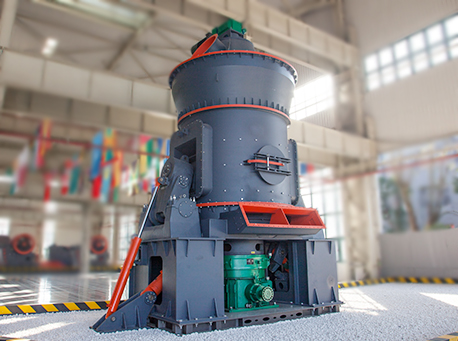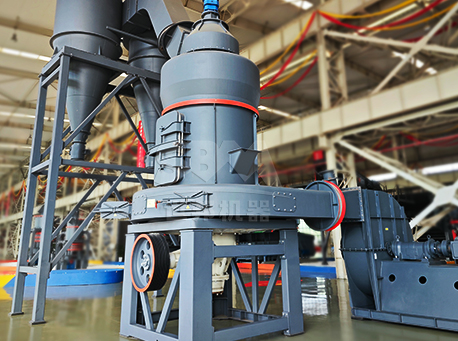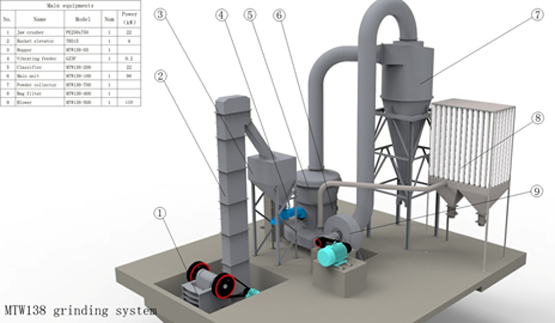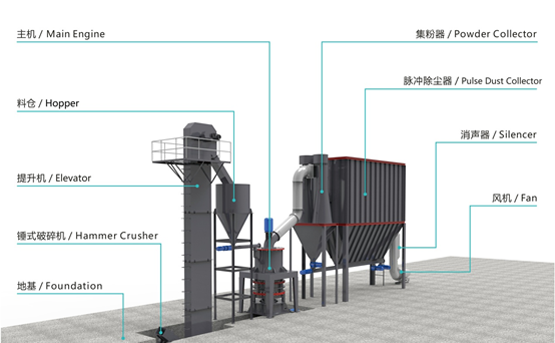Talc is finally used in powder state, therefore, European-type plate grinding mill, Ultrafine mill, Ultrafine vertical roller mill are the necessary processing technology of talc.
In the talc production process, in summary, the production of talc is mainly three steps of beneficiation, crushing and milling. The talc processing equipment required for different steps is different. Photoelectric selection is a four different methods of talc beneficiation. After the beneficiation, the quartz and carbonate minerals are separated from the talc by crater processing and crushing and alternating circular sieves, followed by talc. The powder mill started to work.
At present, China's talcum powder processing is mainly processed by dry processing. Based on the natural crushability and grindability of talc, the talc processing equipment used is mainly Raymond machine, mechanical impact mill and airflow mill. The main processing equipment for the production of 200 mesh, 325 mesh and 500-1250 mesh talc. The dry process of talcum powder is from the selection of talc to coarse crushing. After drying and crushing, fine grinding and ultra-fine grinding are carried out. If ultrafine grinding talcum powder grinding machine is used, it is produced. The talcum powder can reach a fineness of 500-5000 mesh.
Ultra-fine talcum powder is currently used in the world's ultra-fine powder products. The applicable industries include paper industry, plastics production, paint and paint production. However, with the continuous development of the plastics industry, talc is also used to produce plastics for the automotive industry and the home appliance industry. Therefore, the market demand for talcum powder is increasing, which has also promoted the continuous innovation of talc processing equipment. The higher the application level of talcum powder, the higher the equipment requirements for the talcum powder grinding machine, the more need for ultra-fine mill, high-pressure suspension roller mill this type of talc powder processing equipment, in order to make the output value of talcum powder reflect.
